#神奈��県
Explore tagged Tumblr posts
Text




小田原城。
662 notes
·
View notes
Text

Kawasaki City, 1989 Tama-ku, Kawasaki, Kanagawa, Japan. 日本 神奈川県 川崎市 多摩区 堰 Photography by Michitaka Kurata
#japan#kanagawa#kawasaki city#store#housing#photography#photographers on tumblr#color film#color negative film#negative film#35mm film#35mm#film#kodak#nikon#1989#80’s#日本#神奈川県#川崎市#多摩区#堰#商店#住宅#たばこ#ネガフィルム#カラーフィルム#カラーネガ#カラーネガフィルム#カラー写真
155 notes
·
View notes
Text
//
まだ色々知識も経験浅いけど変態セフレ募集中です…

246 notes
·
View notes
Text
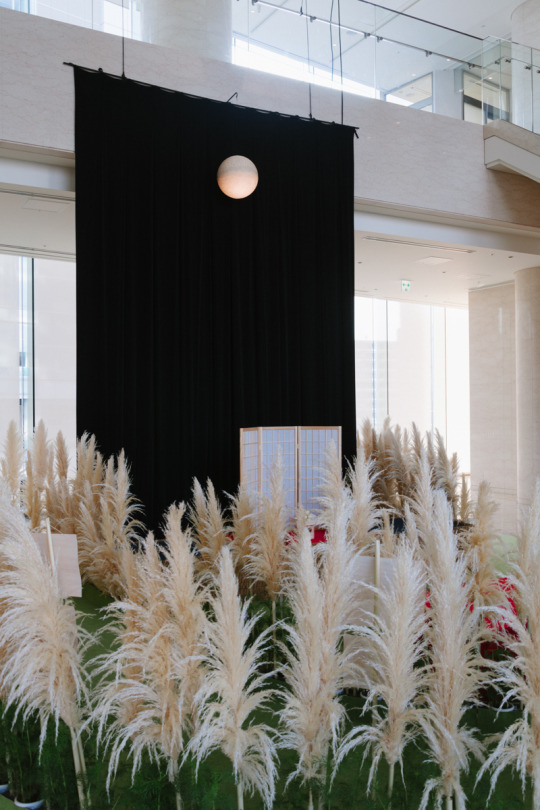
月夜、現る
2014年、神奈川県民共済プラザビル。
ビルのロビーに黒い幕を掲げて月夜の見立て。なかなかの風情。
#Lightroom Classic#VSCOfilm#photographers on tumblr#lensblr#original photographer#original photographers#original photographers on tumblr#original photography#original photography blog#original photography on tumblr#photoblog#photography#autumn#autumn season#autumn season in Japan#autumn season mood#autumn season time#autumn season tint#September#Japan#Kanagawa#長月#日本#神奈川#神奈川県民共済プラザビル#十五夜#harvest moon#full moon night
108 notes
·
View notes
Text
日本の夏、六尺の夏!

江の島 江島神社末社八坂神社天王祭 神幸祭
お祭りのクライマックスは、みんな大好き神幸祭だね!
江ノ島の小動(こゆるぎ)山にある小動神社は、近江国の八王子宮を勧請したもので、三神社や八王子社と呼ばれたが、明治政府の神仏分離令によって神社前にある別当寺院の浄泉寺と分離し、小動神社と改称した。
小動神社(八王子社)には男神(おがみ)と女神が祀られていたが、、大波で社殿が壊れて男神は流され、対岸で拾い上げられて江島(えのしま)神社境内末社の八坂神社に祀られた。(受売りだよー)
例祭は例年7月第2日曜日に八坂神社と小動神社の共同で行われ、八坂神社天王祭の神幸祭で神輿が海上渡御後に海を渡り、対岸にある小動神社の神輿と行合うんだよ!
一年に一回、この日に二人の神さんが顔を合わせるんだよ! なんか切ないね! 多分顔以外も合わせるんだろうね! 神輿の練りって性行為を現してるんだよ! しっかり練り合わせてあげようね!
【追記】 画像引用元のオリジナル出所が判ったので下にリンクを付けとくよ ↓
Photo from; “Enoshima” — by Studio Heavy Films - expired
106 notes
·
View notes
Text
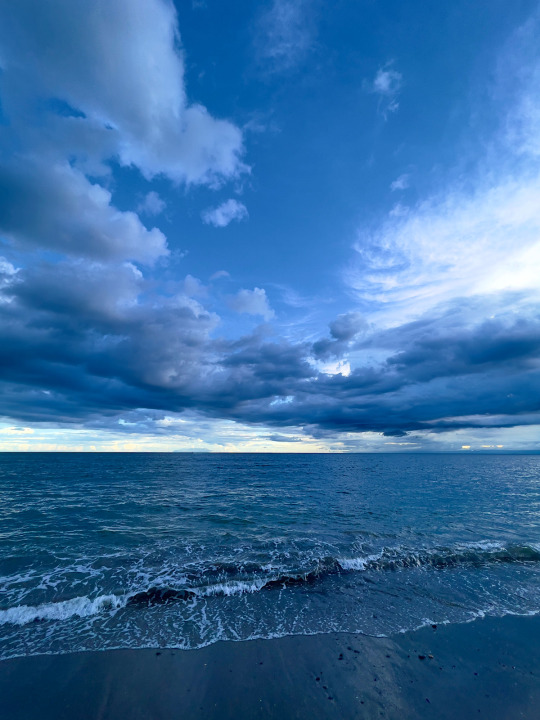
Shichirigahama. Japan
七里ヶ浜 神奈川県 鎌倉市🇯🇵
#japan#japanese#japan trip#japan travel#tokyo#japan vacation#tokyo tour#japan photos#landscape#鎌倉市#鎌倉#神奈川県#七里ヶ浜#nature#空の写真#空#photography#photo#海#photographers on tumblr#my photgraphy
172 notes
·
View notes
Text
Sangaku Sunday #6

We are about to solve our first sangaku problem, as seen on the tablet shown above from Miminashi-yamaguchi-jinja in Kashihara.
First, we should conclude our discussion: what are sangaku for? There's the religious function, as an offering, and this offering was put on display for all to see, though not all fully understood the problems and their solutions. But a few people would understand, and these would have been the mathematicians of the time. When they visited a new town, they would typically stop at a temple or shrine for some prayers, and they would see the sangaku, a sample of what the local mathematicians were capable of. Whether the problems were solved or open, the visitor could take up the challenges and find the authors to discuss.
And this is where everything lined up: the local school of mathematics would have someone new to talk to, possibly to impress or be impressed by, and maybe even recruit. With the Japanese-style mathematics of the time, called wasan, being considered something of an art form, there would be masters and apprentices, and the sangaku was therefore a means to perpetuate the art.
Now, what about that configuration of circles, second from right on the tablet?

Recall that we had a formula for the radii of three circles which are pairwise tangent and all tangent to the same line. Calling the radii p, q, r, s and t for the circles of centres A, B, C, D and E respectively, we have

for the circles with centres A, B and C (our previous problem), and adapting this formula to two other systems of three circles, we get

for the circles with centres A, C and D, and

for the circles with centres B, C and E. Add these together, and use the first relation on the right-hand side, we get a rather elegant relation between all five radii:

Of course, we can get formulas for s and t,

r having been calculated previously using just p and q, which were our starting radii.
For example, setting p=4 and q=3, we get, approximately, r=0.86, s=0.4 and t=0.37 (this is the configuration shown in the figure, not necessarily the one on the tablet - I will be able to make remarks about that on another example).
#Japan#Nara-ken#Kashihara#Miminashiyama#2018-04#sangaku#geometry#solution#history#Edo period#奈良県#橿原#耳成山口神社#算額#数学#和算
36 notes
·
View notes
Text

Portrait / Instagram : p_i_z_z_a_m_a_n
#japan#photographers on tumblr#photography#camera#canon#日本#東京#インスタ#インスタグラム#カメラ#tokyo#江ノ島#ポートレート#ポトレ#portrait photography#portrait#photo#江ノ島電鉄#江ノ電#海#キャノン#キヤノン#insta#instagram#神奈川#神奈川県#藤沢#kanagawa#制服#セーラー服
127 notes
·
View notes
Text
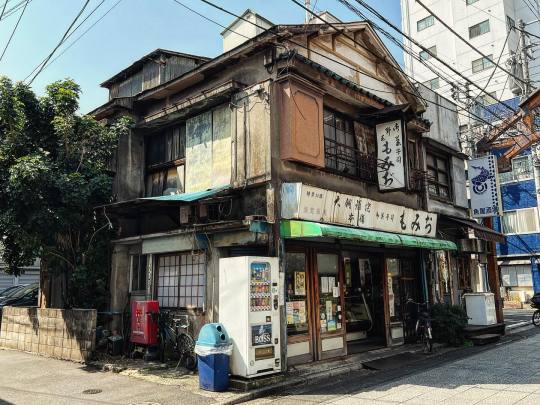
doco_go
54 notes
·
View notes
Text
神奈川県
Japanese Prefectures: Kantō - Kanagawa
都道府県 (とどうふけん) - Prefectures of Japan
Learning the kanji and a little bit about each of Japan’s 47 prefectures!
Kanji・漢字
神 かみ、かん~、こう~、シン、ジン、かな gods, mind, soul
奈 いかん、からなし、ナ、ナイ、ダイ Nara
川 かわ、セン stream; river
県 ケン prefecture
関東 かんとう Kanto, region consisting of Tokyo and surrounding prefectures
Prefectural Capital (県庁所在地) : Yokohama (横浜市)

Kanagawa Prefecture is located just south of Tokyo. It is home to many day trip destinations from Tokyo, including the cities of Kamakura and Hakone. The prefectural capital of Yokohama on the Pacific coast is Japan's second largest city and its major port, including many multicultural influences such as a China Town and the Minato Mirai building. The port areas are also major centres of bonito and tuna fishing. Inland, Kanagawa has a flourishing agricultural area producing flowers and dairy products for the Tokyo market.
Recommended Tourist Spot・おすすめ観光スポット The Great Buddha of Kamakura - 鎌倉大仏

The Great Buddha of Kamakura (source)
At the Buddhist temple Kotoku-in (高徳院) in Kamakura stands the 11-metre tall 13th-century bronze statue of Amida Buddha. Initially housed in a wooden hall, it was restored in the Edo period (1603-1868) after being damaged over the years by typhoons and earthquakes and now towers over the grounds of the temple. The Great Buddha of Kamakura is the second largest seated Buddha in Japan.
After you visit the Great Buddha, you can also find other Zen Buddhist temples, which are among the oldest and most beautiful in the country, and most in walking distance from each other. Enoshima and the Kamakura beaches are also nearby.
Regional Cuisine - 郷土料理 Kuro-tamago (Black eggs) - 黒卵 (くろたまご)

Kuro-tamago or Black eggs (source)
It may seem strange, but this popular souvenir from the Owakudani (大涌谷 or Great Boiling Valley) in the resort town of Hakone in Kanagawa Prefecture gets its distinctive black color from being boiled in natural hot spring water for 60 minutes at a temperature of 80°C, then steamed at 100°C for 15 minutes in steel baskets over natural hot spring water. The natural hot spring water contains sulfur and iron, thus turning the egg shells black. The Kuro-tamago, or Black Eggs, have a slight sulfur smell (although the whole valley has this smell so you might not notice). They are safe to eat and are said to add 7 years to your lifespan! (You shouldn't eat more than two at one time though, as the lifespan elongating effects will then be nullified, or you might just feel slightly sick).
Owakudani is an active volcanic valley that is known to locals as Jigokudani (地獄谷 or Valley of Hell) due to the sulfurous volcanic gasses and steam from the natural hot spring waters. There are many resorts nearby in Hakone which tap into these natural hot springs. The valley was formed due to the last eruption of Mt Hakone about 3,000 years ago. On clear days, you have a great view of Mt Fuji. There is also a ropeway that will take you over the active volcanic area, but sometimes it can be closed when the volcanic activity picks up and the volcanic gasses increase, so check before you visit.
Kanagawa Dialect・Kanagawa-ben・神奈川弁
Kanagawa-ben is a basket term used to describe the dialects spoken in the prefecture, but there is no single unified dialect.
1. うんめろ unmero very, a lot
うんめろ美味しい (unmero oishii)
Standard Japanese: たくさん、とても (takusan, totemo)
とても美味しい (totemo oishii)
English: very, a lot
very delicious
2. あんきだ anki da I'm relieved, it's a relief
おめーらガ、みんなこどまーでけーからあんきだなー (omeera ga, minna kodomaa dekei kara anki da naa)
Standard Japanese: 安心だ (anshin da)
お前の家は、みんな子どもが成長しているから安心だな (omae no ie wa, minna kodomo ga seichou shite iru kara anshin da na)
English: I'm relieved
It's a relief because all the children in your home are growing up well
3. あっちかし・こっちかし (acchikashi, kocchikashi)
椅子を並べるのはこっちかし? あっちかし? (isu o naraberu no wa kocchikashi? acchikashi?)
Standard Japanese: あちら側・こちら側 (achiragawa, kochiragawa)
椅子を並べるのはこちら側? あちら側? (isu o naraberu no wa kochiragawa? achiragawa?)
English: that side, this side
Should I arrange the chairs this way? That way?
4. うっちゃる (uccharu)
ゴミをうっちゃる (gomi o uccharu)
Standard Japanese: 捨てる (suteru)
ゴミを捨てる (gomi o suteru)
English: to throw away
Throw away your trash
5. かったるい (kattarui)
遠くて歩くのかったるいな (tookute aruku no kattarui na)
Standard Japanese: 面倒くさい、だるい (mendoukusai, darui)
遠くて歩くのだるいな (tookute aruku no darui na)
English: bothersome, tiresome
It's so far that it would be a pain to walk there
More Kanagawa dialect here (Japanese site).
#japanese prefectures#日本語#japanese#japanese language#japanese langblr#langblr#studyblr#都道府県#神奈川県#kanagawa
33 notes
·
View notes
Text
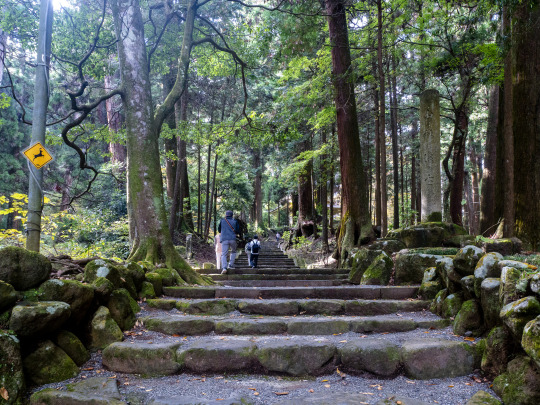
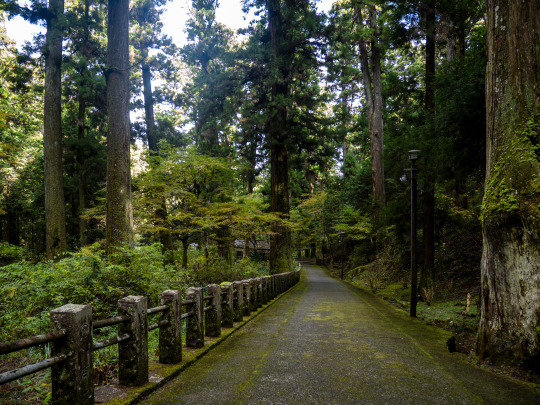

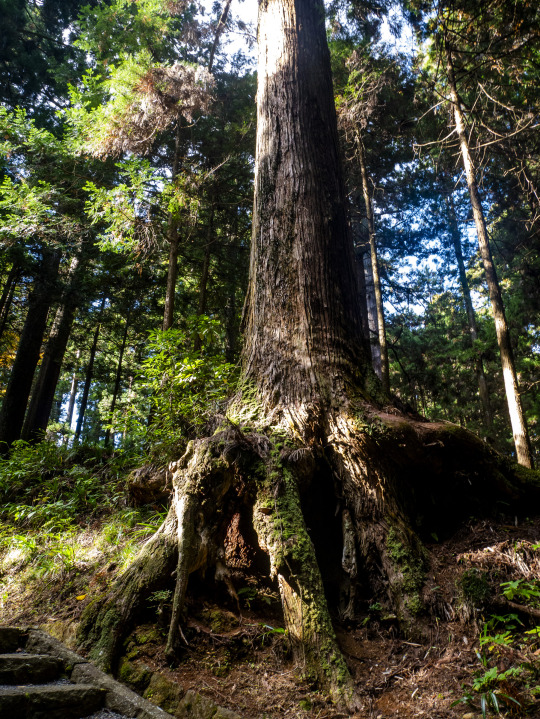

大雄山最乗寺①
401 notes
·
View notes
Text

Yokohama, 1989 Bar Star Dust, Yokohama, Kanagawa, Japan. 日本 神奈川県 横浜市 神奈川区 千若町 バー スターダスト Photography by Michitaka Kurata
#japan#kanagawa prefecture#yokohama#bar#star dust#photography#color film#color negative film#negative film#35mm film#35mm#film#kodak#nikon#1989#80’s#日本#神奈川県#横浜市#千若町#スターダスト#バー#飲食店#老舗#昭和#ネガフィルム#カラーフィルム#カラーネガ#カラーネガフィルム#カラー写真
289 notes
·
View notes
Text



Sean bienvenidos japoniatasarqueológicos a una nueva entrega, en esta ocasión os traigo otra noticia de arqueología de Japón la cual nos trasladaremos al periodo kofun o protohistórico (250 /592d.c) dicho esto Comencemos. - El túmulo funerario se encuentra rodeado de una doble fila de piedras, dicho túmulo se llama Koyasu y se localiza en Nakagawara Isenara, data de hace 1300 a 1400 años y pertenece al kofun tardío o protohistórico. Dicho conjunto arqueológico dispone de unos, 3600 kilómetros cuadrados aproximadamente, en la parte excavada dispone de 12 m y 14,8 de anchura se ha localizado debido a la construcción de la autopista Shin Tomei, que se localiza al margen derecho de Suzukawa al pie de la montaña Oyama se han encontrado tres dientes humanos. - Las piedras de dicho túmulo tienen distinta cantidad y tamaño, probablemente el túmulo central pertenecería a un jefe de un clan tribal y algún y el otro túmulo de menor tamaño pertenecería, pues, a alguien de la misma clase social, es decir que tuviera casi el mismo nivel social o un poco inferior al de la persona principal. - ¿De qué personaje histórico se trata? En próximas publicaciones hablaremos de este tema y aclararemos dudas sobre ellos dicho esto espero que les haya gustado y nos vamos en próximas publicaciones historia, arqueología de Japón hasta la próxima. - Welcome from Japan to a new installment, this time I bring you another archeology news from Japan which we will move to the kofun or protohistoric period (250 / 592 AD) with that said Let's start. - The burial mound is surrounded by a double row of stones, said mound is called Koyasu and is located in Nakagawara Isenara, dates from 1300 to 1400 years ago and belongs to the late or protohistoric kofun. This archaeological complex has approximately 3,600 square kilometers, in the excavated part it has 12 m and 14.8 in width, it has been located due to the construction of the Shin Tomei highway, which is located on the right bank of Suzukawa at the foot of the Oyama Mountain, three human teeth have been found. - the stones of said tumulus have different quantity and size, probably the central tumulus would belong to a chief of a tribal clan and some and the other smaller tumulus would belong, well, to someone of the same social class, that is to say, who had almost the same social level or a little lower than the main person. - What historical character is it? In future publications we will talk about this topic and clarify doubts about them, having said that, I hope you liked it and we will go in future publications history, archeology of Japan until next time.
#archaeology#history#unesco#culture#photos#japan#kofun#prehistory#Kanagawaprefecture#geography#art#考古学#歴史#ユネスコ#文化#写真#日本#古墳#先���時代#神奈川県#地理#芸術
27 notes
·
View notes
Text
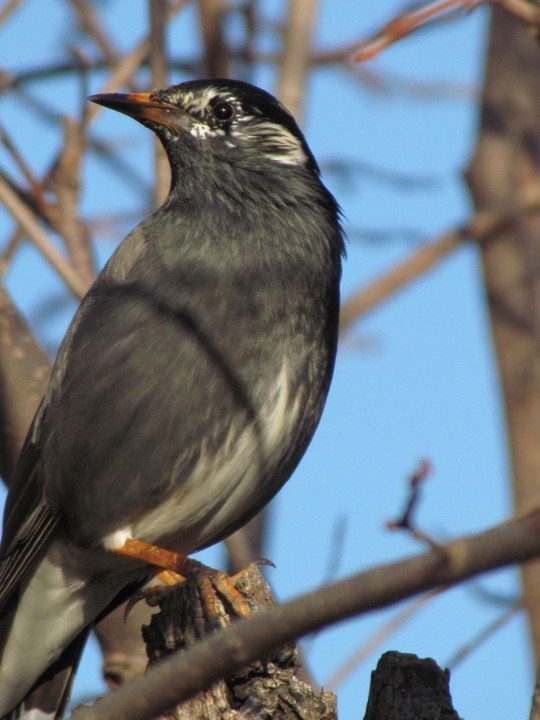
寒川神社帰りの宮山駅にて。
細道挟んだホーム向かいの柿の木で1羽でマッタリ過ごしてました。
108 notes
·
View notes
Text
年末について
12月15日が今年最終入荷になります。
なくなり次第、本年は終了です。
以前の告知通り、ご新規様の受付も本年で終了します。ご希望の方はお早めにお問い合わせ下さい😊
年始はリピーター様へのご連絡になります。
7 notes
·
View notes
Text
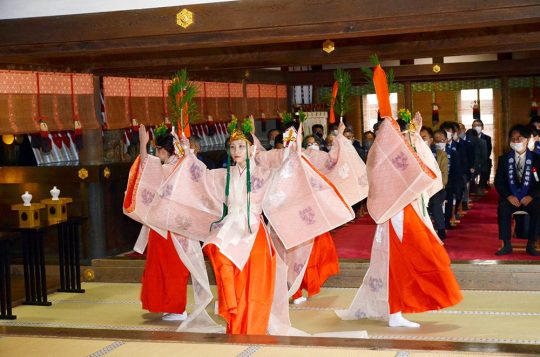
Shrine maidens performing the sacred dance “Umazake Miwa no Mai” (”The Miwa Dance of Delicious Sake”) during the Sake Matsuri (酒まつり), a festival in November at Ōmiwa Jinja Shrine (大神神社) in Sakurai, Nara Prefecture
Photo from the shrine's official website
#奈良県#nara prefecture#桜井市#sakurai#大神神社#omiwa jinja#三輪神社#miwa jinja#三輪明神#miwa myojin#巫女#miko#shrine maiden#japanese dance#sacred dance#祭り#祭#matsuri#festival#autumn festival
94 notes
·
View notes